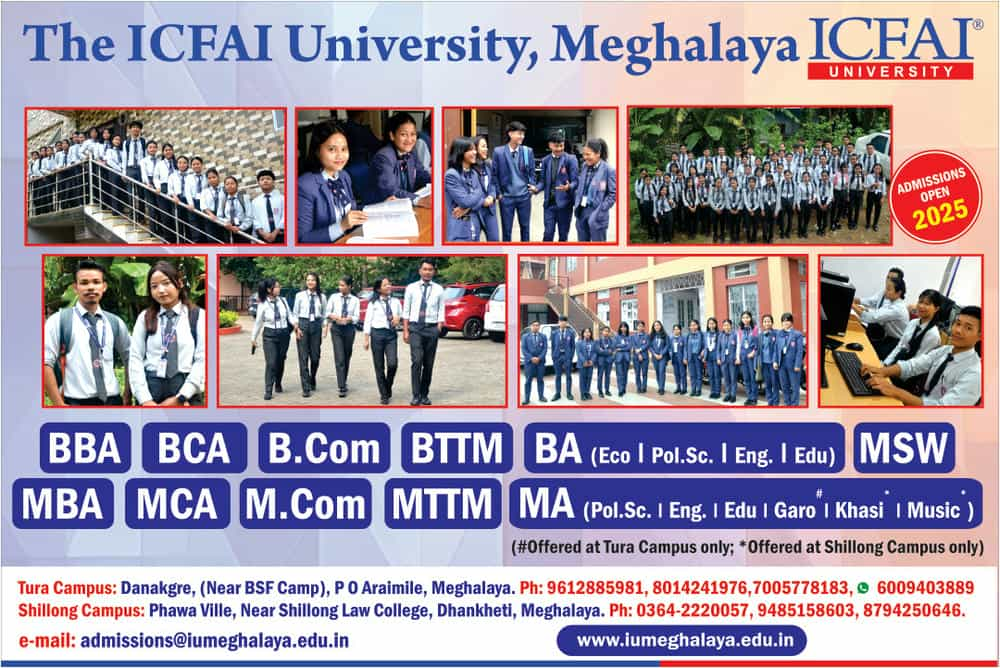Over 25% of MSMEs in Northeast facing crisis, says study

The MSME Export Promotion Council has suggested a 5-point strategy to revive over 25 per cent struggling to survive micro and small units in the northeastern states and give boost to existing and start-ups.
In a study on “Revival & Development of MSMEs in the NER for Inclusive Growth”, the MSME EPC has stated that there are around 74,000 micro, small and medium units in the NER, far below the potential, but a large number of them are facing crisis primarily due to lack of timely availability of affordable finance, fast changing technology and inadequate infrastructure.
The study was released by the MSME EPC Chairman Dr D S Rawat. While releasing the study, he said, many start-ups have come up and helped the region in providing jobs, but some of them are in deep crisis in the absence of hand holding either large units or institutions.
The 5-point strategy recommended by the study include (i) setting up of high powered committees by the respective state governments to resolve on priority the problems being faced by the MSMEs, (ii) draw up short, medium and long-term road map to create a conducive environment for tapping the untapped potential, (iii) focus on skilling the man power,(iv) open the show-rooms at different locations for the products produced by the MSMEs, and develop a mechanism to connect the units with research & development centres and global marketing agencies.
The study has also emphasized the need for designing a new architecture of development financing revolving around three critical players viz; MDoNER, multilateral and bilateral institutions and private players.
In order to improve industry attractiveness, there is an urgent need for an environment that fosters entrepreneurship and drives the economy towards growth and sustainability.
In this connection, Dr Rawat says, ‘Single Window’ system can easily be implemented at a low cost which will help the MSMEs in the state and attract private investment.
The major challenges identified by the study are geographical, inaccessible hilly terrain, underdeveloped transport, low participation of private sector, poor financial and infrastructure facilities such as roads, railways, health, educational institutions, and technology.
Moreover, the MSME clusters are inadequately equipped especially in tool rooms, innovation centres and testing facilities. Therefore, the possibility of collaboration can be explored with companies having innovative infrastructure, R & D institutions, and universities that specialize in specific industry or knowledge areas.
In terms of funding, private sector contributions should be encouraged through debt instruments like bonds, CDs, with tax incentives through SIDBI.
The government should also build networks of development service providers that can extend customized solutions to the MSMEs in the areas of technology, product development and marketing techniques.

Leave a Reply